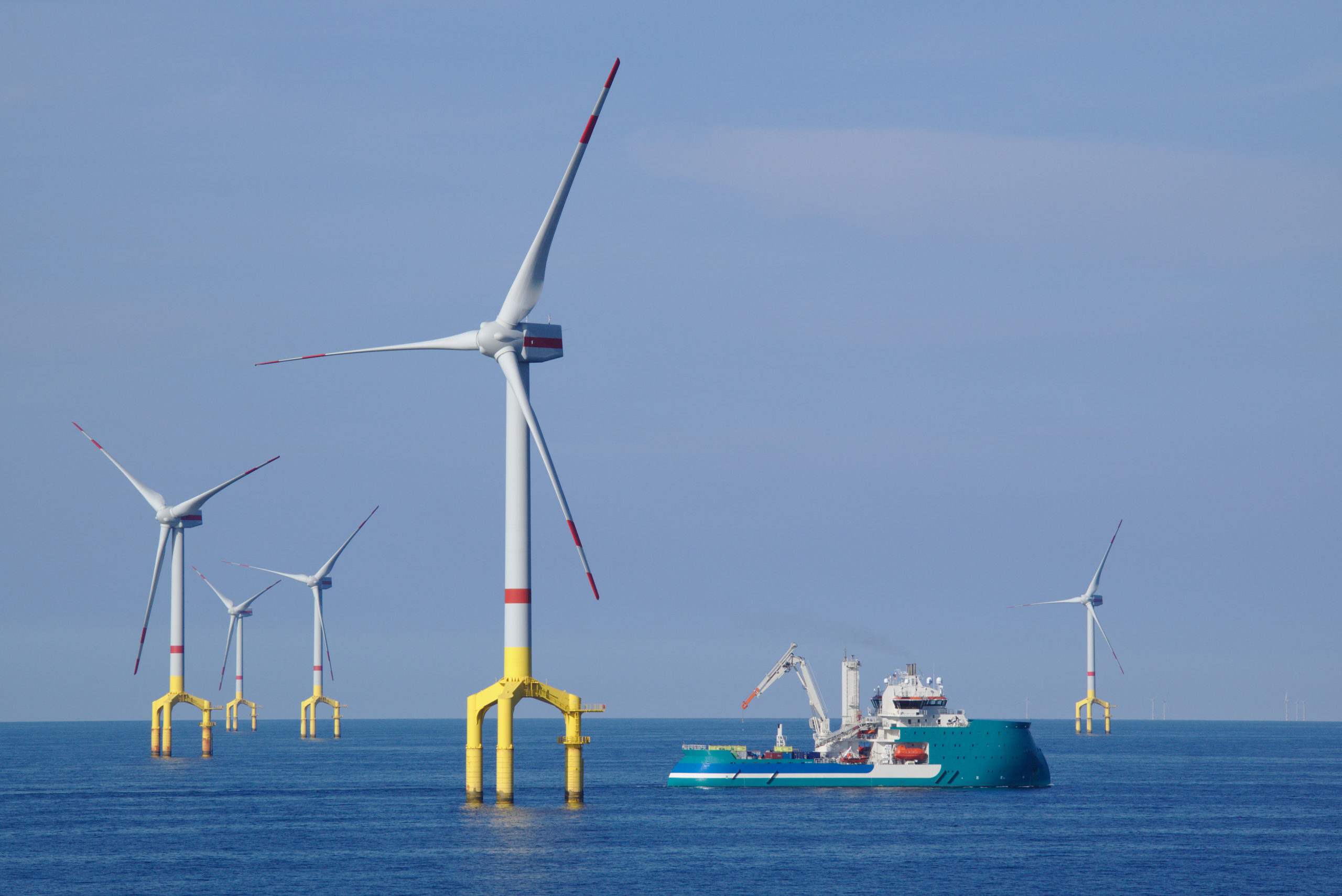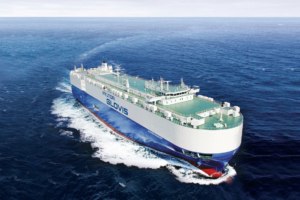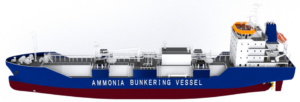Help British Shipbuilding to capitalise on opportunities presented to the sector by the growth of offshore wind, industry leaders demanded today.
Maritime UK, a body in maritime sector responsible for the coordination and delivery of industry recommendations, called on the Government to overcome significant regulatory and commercial barriers which prevent UK shipping companies, shipbuilders, and operators from increasing the UK presence in the offshore wind sector.
Maritime UK has published a document outlining how the opportunities within the offshore wind sector can be capitalised to the benefit of people, communities and businesses in the maritime ecosystem.
Publishing its 25-pages Offshore Wind Plan with the title “Maximising the value of offshore wind to the maritime supply chain”, the UK body makes a series of recommendations for how the maritime sector, the offshore wind sector, and governments can work together to deliver maximum economic benefit from the growth of offshore wind, across the maritime supply chain, in industries like ports, shipbuilding, crewing, and professional services.
The UK’s offshore wind sector is forecast to expand significantly, with the Offshore Wind Industry Council noting that it is set to employ 97,465 workers in 2030, more than tripling its current 31,082 strong workforce.
“The UK does have expertise within the build of smaller vessels (under 500gt), PPE and blade manufacturing – to name a few – and there is opportunity for this expertise to be expanded and for the production to be scaled up,” Maritime UK highlights in its report.
Estimates from the Offshore Renewable Energy Catapult suggest that 149 Surface Operation Vessels (SOVs) will be needed to serve rapidly expanding offshore wind developments in Europe by 2030, and up to 309 by 2050. The ports sector has a well-established capability to support the offshore green energy sector. “The UK’s bold growth ambition for floating offshore wind provide a transformational opportunity to turbo charge the investment and good jobs the sector enables,” as it is said characteristically.
Maritime UK believes that UK lacks a coherent strategy to incentivise competitiveness and investment, with the Government committing money to a wide range of projects without an overarching consideration for their end use. The body suggests that a closer relationship between UK shipyards, designers, naval architects and vessel operators could lead to a higher number of orders, as many offshore wind contracts are awarded with design at the lead.
“The UK is a world leader in offshore wind with 11.4GW of cumulative installed capacity, one of the largest in the world, and this industry is gearing up to meet the increased capacity target set out in the Sixth Carbon Budget’ of 50GW by 2030 and 100 GW by 2050,” the Maritime UK body added.
As it is mentioned, the UK has a rich history of shipbuilding and, as an early adopter of offshore wind, provides an exciting opportunity for its domestic shipbuilding enterprise to resize. This could include building SOVs and other supporting manned and unmanned vessels, which will see increasing demand hand-in-hand with the number of wind farms that are operational and under development.
Maritime UK Chair Robin Mortimer, said: “Maritime UK’s Offshore Wind Plan sets out how delivering energy security, through growing offshore wind, can drive economic growth and job creation across the country through the maritime supply chain. With its people, expertise, equipment and infrastructure, the maritime sector is present throughout the lifecycle of offshore wind, and is uniquely placed to deliver well-paid, high-quality jobs and new industries, particularly in coastal towns and cities.”
Renewable UK’s Director of Offshore Wind Jane Cooper said: “To reach the Government’s target of 50 gigawatts of offshore wind by 2030, the offshore wind and maritime sectors will need to work collaboratively with aligned objectives to transform and rejuvenate ports around the country, enabling us to manufacture and assemble state-of-the-art turbines and other infrastructure at quayside locations.”



